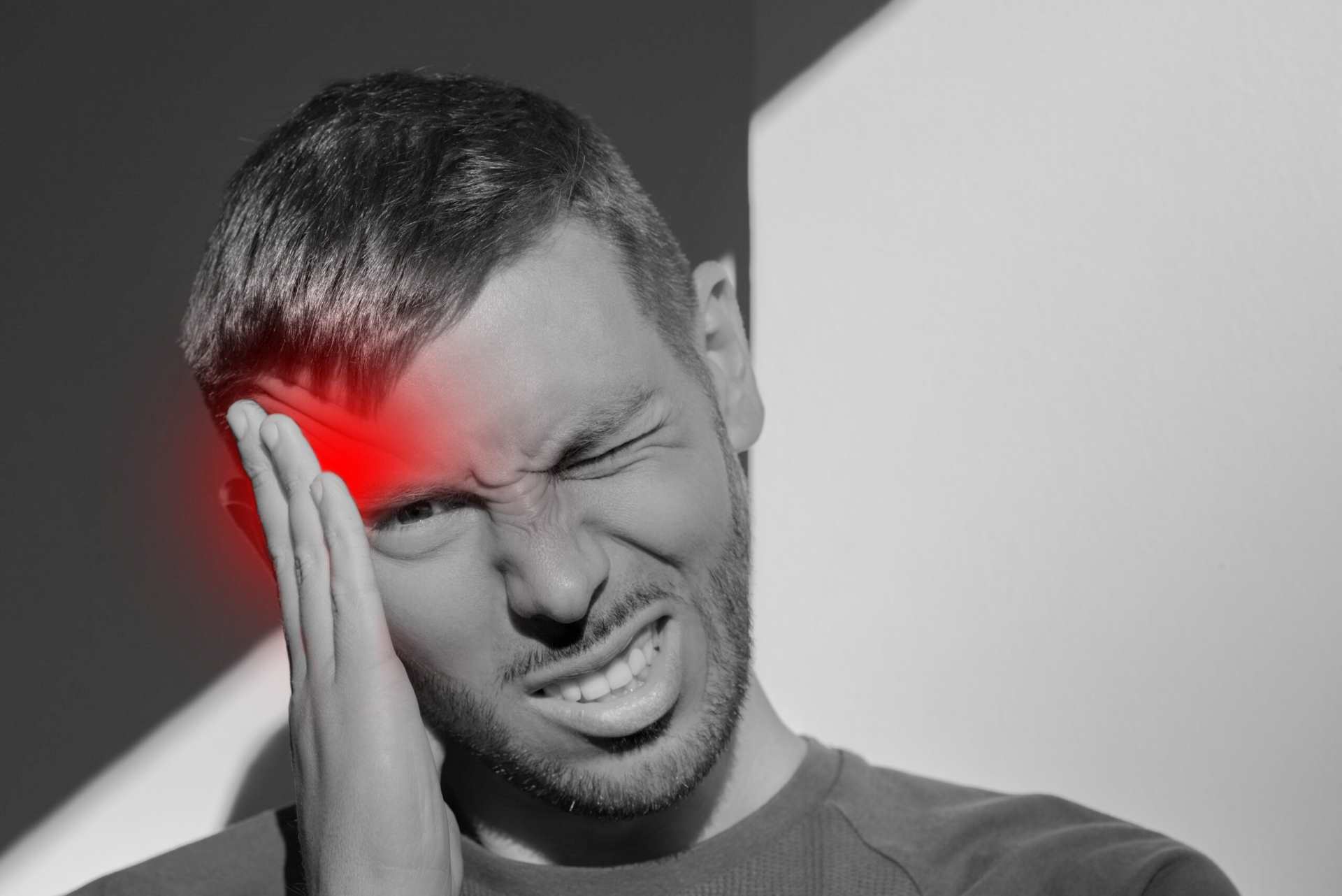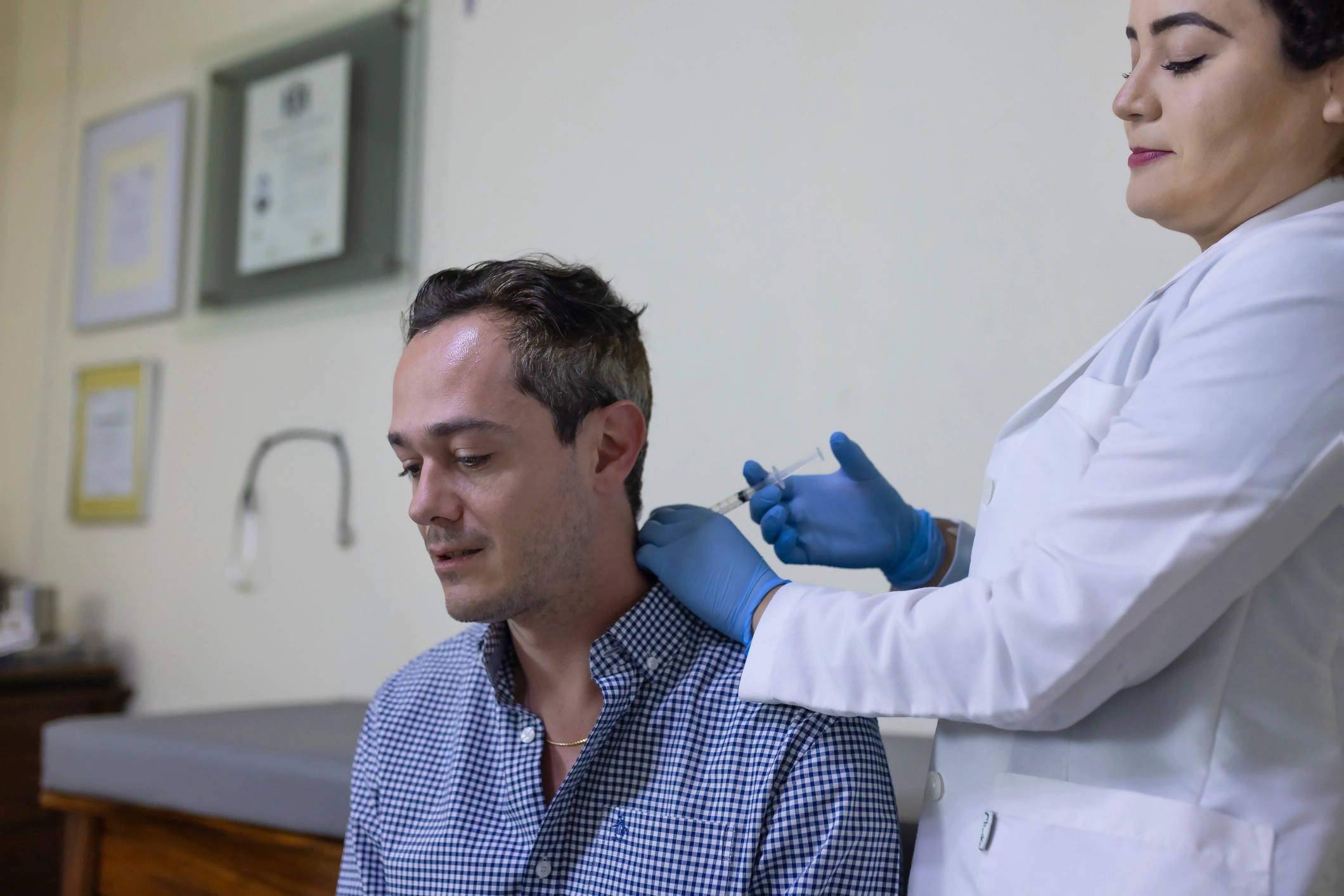Get Help For Cluster Headaches
Cluster headaches are intensely painful and can significantly impact your quality of life. At NextPain Care, we specialize in managing the pain associated with cluster headaches using minimally invasive, evidence-based treatments. Our personalized approach aims to provide effective pain relief and help you regain control, enhancing your overall well-being.
Schedule Your Consultation!

What we do
Manage Burning, Sharp Pain From Cluster Headaches Today
Cluster headaches cause intense burning and sharp pain around or behind the eye, radiating to the face, neck, and head. Although rare, affecting only 0.1 percent of the population, they can be debilitating, making daily activities challenging and leading to exhaustion. These headaches come in waves, known as “cluster periods,” lasting for weeks or months, with multiple attacks per day.
In a cluster period, cluster headaches may strike daily — at times, multiple times a day. Each episode can persist from 15 minutes to three hours. These clusters cycle episodically over a week to a year, followed by a remission phase typically lasting three months or more.
At NextPain Care, we understand how debilitating cluster headaches can be. Our approach focuses on providing long-term relief through specialized treatments designed to manage cluster headache pain and improve your quality of life.
-
Waking up with severe cluster headaches
-
Experiencing downtime for days or weeks on end
-
Dreading upcoming cluster headaches
-
Persistent fatigue throughout the day
-
Reliance on painkillers
-
Improved sleep quality
-
Engaging in daily activities more frequently
-
Feeling less anxious about potential cluster headaches
-
Sustaining energy levels throughout the day
-
Personalized pain management strategies

How Can We Help You?
What Causes Pain From A Cluster Headache?
Cluster headaches stand out as unique among other headache types like migraines due to their mysterious nature. Unlike migraines, cluster headaches lack a known cause or identifiable triggers.
It is believed that irregularities within the hypothalamus, situated at the brain’s base and in charge of hormone regulation and circadian rhythm control, play a crucial role in these perplexing headaches.
Cluster headaches differ markedly from other types in their severity and characteristics. Not only are they excruciatingly painful, but they typically manifest on one side of the face. Symptoms include swelling, light sensitivity, nausea, and a drooping eyelid on the affected side.
Moreover, they may induce sweating, a runny nose, excessive tearing, redness, and overall restlessness on the affected side.
Start Today





